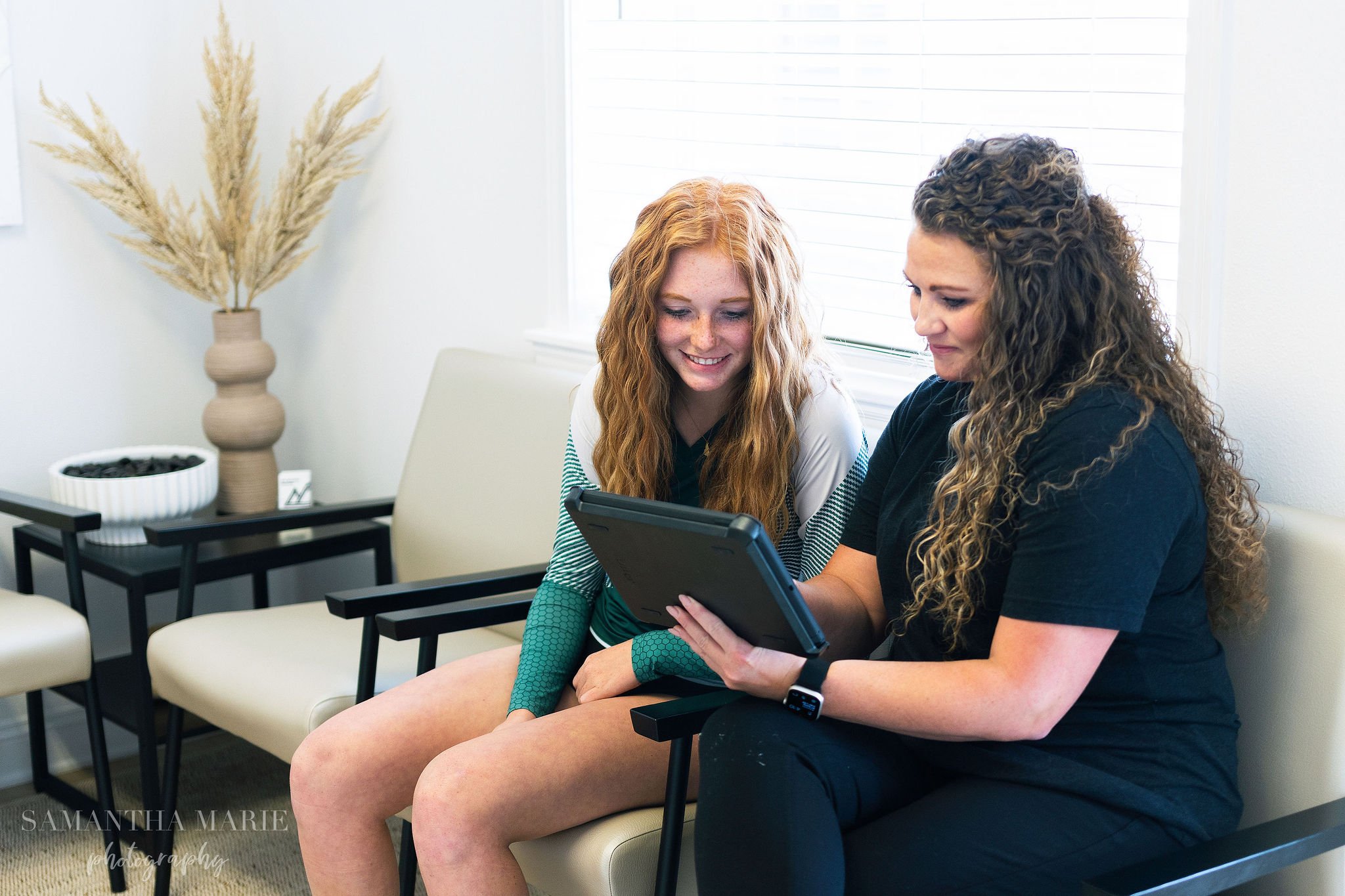
PEDIATRIC FLATFOOT
WHAT IS IT?
Flatfoot is common in both children and adults. When this deformity occurs in children, it is referred to as pediatric flatfoot. Although there are various forms of flatfoot, they all share one characteristic—partial or total collapse of the arch.
Pediatric flatfoot can be classified as symptomatic or asymptomatic. Symptomatic flatfeet exhibit symptoms, such as pain and limitation of activity, while asymptomatic flatfeet show no symptoms. These classifications can assist your foot and ankle surgeon in determining an appropriate treatment plan.

SYMPTOMS
Flatfoot can be apparent at birth or it may not show up until years later. Most children with flatfoot have no symptoms, but some have one or more of the following symptoms:
- Pain, tenderness or cramping in the foot, leg and knee
- Outward tilting of the heel
- Awkwardness or changes in walking
- Difficulty with shoes
- Reduced energy when participating in physical activities
- Voluntary withdrawal from physical activities

TREATMENT
Nonsurgical Treatment
If a child has no symptoms, treatment is oen not required. Instead, the condition will be observed and reevaluated periodically by the foot and ankle surgeon.
Custom orthotic devices may be considered for some cases of asymptomatic flatfoot.
When the child has symptoms, treatment is required. The foot and ankle surgeon may select one or more of the following nonsurgical approaches:
- Activity modifications. The child needs to temporarily decrease activities that bring pain as well as avoid prolonged walking or standing.
- Orthotic devices. The foot and ankle surgeon can provide custom orthotic devices that fit inside the shoe to support the structure of the foot and improve function.
- Physical therapy. Stretching exercises, supervised by the foot and ankle surgeon or a physical therapist, provide relief in some cases of flatfoot.
- Medications. Nonsteroidal anti-inflammatory drugs (NSAIDs), such as ibuprofen, may be recommended to help reduce pain and inflammation.
- Shoe modifications. The foot and ankle surgeon will advise you on footwear characteristics that are important for the child with flatfoot.
When Is Surgery Needed?
In some cases, surgery is necessary to relieve the symptoms and improve foot function. The surgical procedure or combination of procedures selected for your child will depend on his or her type of flatfoot and degree of deformity.

WHY CHOOSE A FOOT AND ANKLE SURGEON?
Foot and ankle surgeons are the leading experts in foot and ankle care today. As doctors of podiatric medicine – also known as podiatrists, DPMs or occasionally “foot and ankle doctors” – they are the board-certified surgical specialists of the podiatric profession. Foot and ankle surgeons have more education and training specific to the foot and ankle than any other healthcare provider.
Foot and ankle surgeons treat all conditions affecting the foot and ankle, from the simple to the complex, in patients of all ages including Haglund's deformity. Their intensive education and training qualify foot and ankle surgeons to perform a wide range of surgeries, including any surgery that may be indicated for Haglund's deformity.

